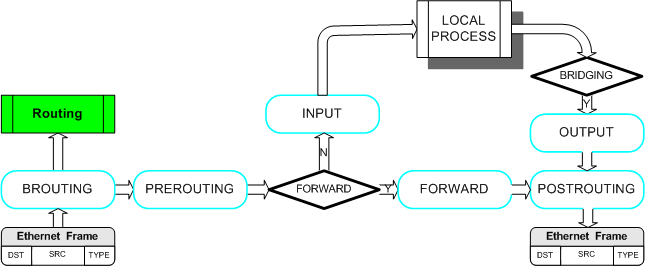Using a wifi guest network without intranet/LAN acces. But it would be nice if the guest network users could use a wired printer etc. So, after working hard i found a cure. Just add the following rules to ebtables to enable arp request & replies to/from your printer (use your local printer ip address in stead of 10.0.0.2 please):
So, it seems that guest network IP traffic is not traversing any ebtable. But this is nonsens, is it not? In fact, no local 10.0.0.0/24 traffic is logged using rules like this for all tables/chains:
[disable CTF doesn't help]
[fresh latest Merlin install on N66, factory reset]
- ebtables -t filter -A FORWARD -p ARP --arp-opcode 1 --arp-ip-dst 10.0.0.2
- ebtables -t filter -A FORWARD -p ARP --arp-opcode 2 --arp-ip-src 10.0.0.2
So, it seems that guest network IP traffic is not traversing any ebtable. But this is nonsens, is it not? In fact, no local 10.0.0.0/24 traffic is logged using rules like this for all tables/chains:
- ebtables -t filter -A INPUT -p IPv4 --ip-src 10.0.0.2 -j CONTINUE --log-prefix "filter input"
[disable CTF doesn't help]
[fresh latest Merlin install on N66, factory reset]
Last edited:



